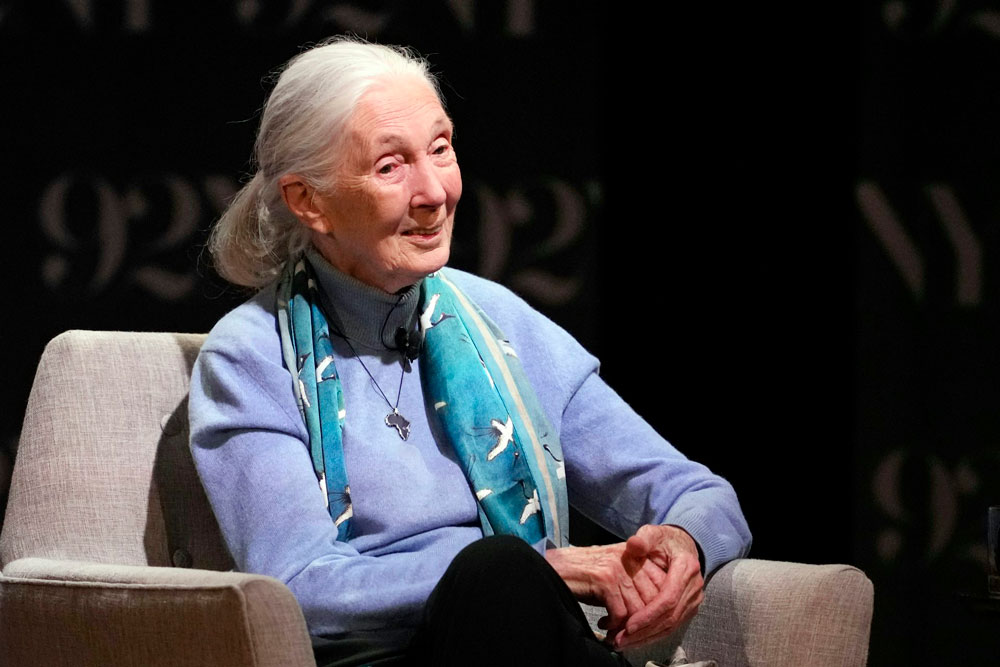
By Mireya Mayor
Anyone proposing to offer a master class on changing the world for the better, without becoming negative, cynical, angry or narrow-minded in the process, could model their advice on the life and work of pioneering animal behavior scholar Jane Goodall.
Goodall’s life journey stretches from marveling at the somewhat unremarkable creatures – though she would never call them that – in her English backyard as a wide-eyed little girl in the 1930s to challenging the very definition of what it means to be human through her research on chimpanzees in Tanzania. From there, she went on to become a global icon and a United Nations Messenger of Peace.
Until her death on Oct. 1, 2025 at age 91, Goodall retained a charm, open-mindedness, optimism and wide-eyed wonder that are more typical of children. I know this because I have been fortunate to spend time with her and to share insights from my own scientific career. To the public, she was a world-renowned scientist and icon. To me, she was Jane – my inspiring mentor and friend.
Despite the massive changes Goodall wrought in the world of science, upending the study of animal behavior, she was always cheerful, encouraging and inspiring. I think of her as a gentle disrupter. One of her greatest gifts was her ability to make everyone, at any age, feel that they have the power to change the world.
Discovering tool use in animals
In her pioneering studies in the lush rainforest of Tanzania’s Gombe Stream Game Reserve, now a national park, Goodall noted that the most successful chimp leaders were gentle, caring and familial. Males that tried to rule by asserting their dominance through violence, tyranny and threat did not last.
I also am a primatologist, and Goodall’s groundbreaking observations of chimpanzees at Gombe were part of my preliminary studies. She famously recorded chimps taking long pieces of grass and inserting them into termite nests to “fish” for the insects to eat, something no one else had previously observed.
It was the first time an animal had been seen using a tool, a discovery that altered how scientists differentiated between humanity and the rest of the animal kingdom.
Renowned anthropologist Louis Leakey chose Goodall to do this work precisely because she was not formally trained. When she turned up in Leakey’s office in Tanzania in 1957, at age 23, Leakey initially hired her as his secretary, but he soon spotted her potential and encouraged her to study chimpanzees. Leakey wanted someone with a completely open mind, something he believed most scientists lost over the course of their formal training.
Because chimps are humans’ closest living relatives, Leakey hoped that understanding the animals would provide insights into early humans. In a predominantly male field, he also thought a woman would be more patient and insightful than a male observer. He wasn’t wrong.
Six months in, when Goodall wrote up her observations of chimps using tools, Leakey wrote, “Now we must redefine tool, redefine Man, or accept chimpanzees as human.”
Goodall spoke of animals as having emotions and cultures, and in the case of chimps, communities that were almost tribal. She also named the chimps she observed, an unheard-of practice at the time, garnering ridicule from scientists who had traditionally numbered their research subjects.
One of her most remarkable observations became known as the Gombe Chimp War. It was a four-year-long conflict in which eight adult males from one community killed all six males of another community, taking over their territory, only to lose it to another, bigger community with even more males.
Confidence in her path
Goodall was persuasive, powerful and determined, and she often advised me not to succumb to people’s criticisms. Her path to groundbreaking discoveries did not involve stepping on people or elbowing competitors aside.
Rather, her journey to Africa was motivated by her wonder, her love of animals and a powerful imagination. As a little girl, she was entranced by Edgar Rice Burroughs’ 1912 story “Tarzan of the Apes,” and she loved to joke that Tarzan married the wrong Jane.
When I was a 23-year-old former NFL cheerleader, with no scientific background at that time, and looked at Goodall’s work, I imagined that I, too, could be like her. In large part because of her, I became a primatologist, co-discovered a new species of lemur in Madagascar and have had an amazing life and career, in science and on TV, as a National Geographic explorer.
When it came time to write my own story, I asked Goodall to contribute the introduction. She wrote:
“Mireya Mayor reminds me a little of myself. Like me she loved being with animals when she was a child. And like me she followed her dream until it became a reality.”
Storyteller and teacher
Goodall was an incredible storyteller and saw it as the most successful way to help people understand the true nature of animals. With compelling imagery, she shared extraordinary stories about the intelligence of animals, from apes and dolphins to rats and birds, and, of course, the octopus. She inspired me to become a wildlife correspondent for National Geographic so that I could share the stories and plights of endangered animals around the world.
Goodall inspired and advised world leaders, celebrities, scientists and conservationists. She also touched the lives of millions of children.
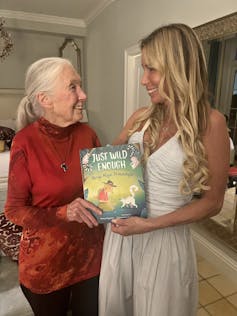
Mireya Mayor, CC BY-ND
Through the Jane Goodall Institute, which works to engage people around the world in conservation, she launched Roots & Shoots, a global youth program that operates in more than 60 countries. The program teaches children about connections between people, animals and the environment, and ways to engage locally to help all three.
Along with Goodall’s warmth, friendship and wonderful stories, I treasure this comment from her: “The greatest danger to our future is our apathy. Each one of us must take responsibility for our own lives, and above all, show respect and love for living things around us, especially each other.”
It’s a radical notion from a one-of-a-kind scientist.
![]()
Mireya Mayor is Director of Exploration and Science Communication at Florida International University.







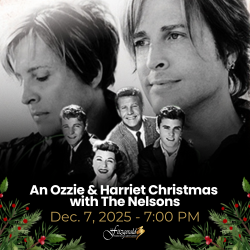



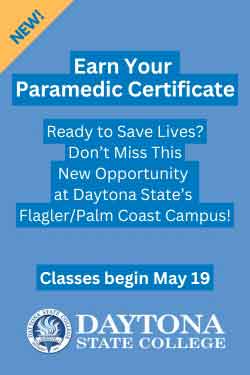









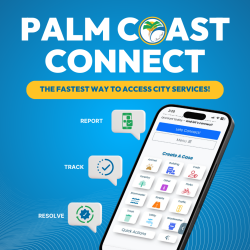








PAULETTE H. says
I had tea with Miss Jane back in the early 1990’s when she came to the Houston Zoo to speak about Gombe. She had a delightful sense of humor and her storytelling was extraordinary. I sat fascinated for hours alone with her that afternoon sharing her phenomenal life’s work and my love of travel to far off places to witness animal behavior in the wild. We walked to see some of the exhibits and I can still recall her soft-spoken voice as she greeted zoo visitors along the path. She was a hero to all animals and humans and will truly be missed.
Kat says
She was unique, there are so many things to admire about her work and the way she carried/expressed herself. She makes me look at what I don’t like about myself and try to be better.
Laurel says
My second heartbreak this year! The first was Robert Redford, and now, Jane Goodall. Though both had different careers, both brought enlightenment to us in their own ways. Mr. Redford promoted environmental issues, entertained us, and promoted new, young talent to the art world. Ms. Goodall taught us about the natural world around us, and brought us a new, positive perspective. Both were good, caring, intelligent, honest people, with much to share with us. Something we need far more of now.
Keep Flagler Beautiful says
Jane Goodall was an inspiration to me for as long as I can remember. What an achiever. Her legacy is immense and deeply meaningful. She believed that all species deserved respect and that we could all share the same world peacefully. For those who may be interested, Nat Geo TV channel will air two back to back documentaries about her on Sunday starting at 8pm.
BillC says
She was such a beautiful compassionate loving person. Even the chimps knew that, why they weren’t afraid of her.
Sherry Epley says
Rest In Peace dear Jane, and Robert!
It is unfortunate for us all that loving, peaceful souls like Robert Redford and Jane Goodall are not the ones that so many in our society choose to emulate. Why is it that “negative” emotions are now the passionate inspiration for words and deeds?
I remember my childhood of the 50’s and 60’s as being a time where we in school put our hands over our hearts and said the pledge allegiance to our flag as a symbol of our powerful AND “kind” nation. Where we acknowledged an imperfect union, BUT we strived to work towards “Equality” and “Peace”. We were taught “The Golden Rule” in school, which was echoed at home and in our neighborhoods. “Do Unto Others As You Would Have Them Do Unto You”!
Why have so many strayed so far from that path?